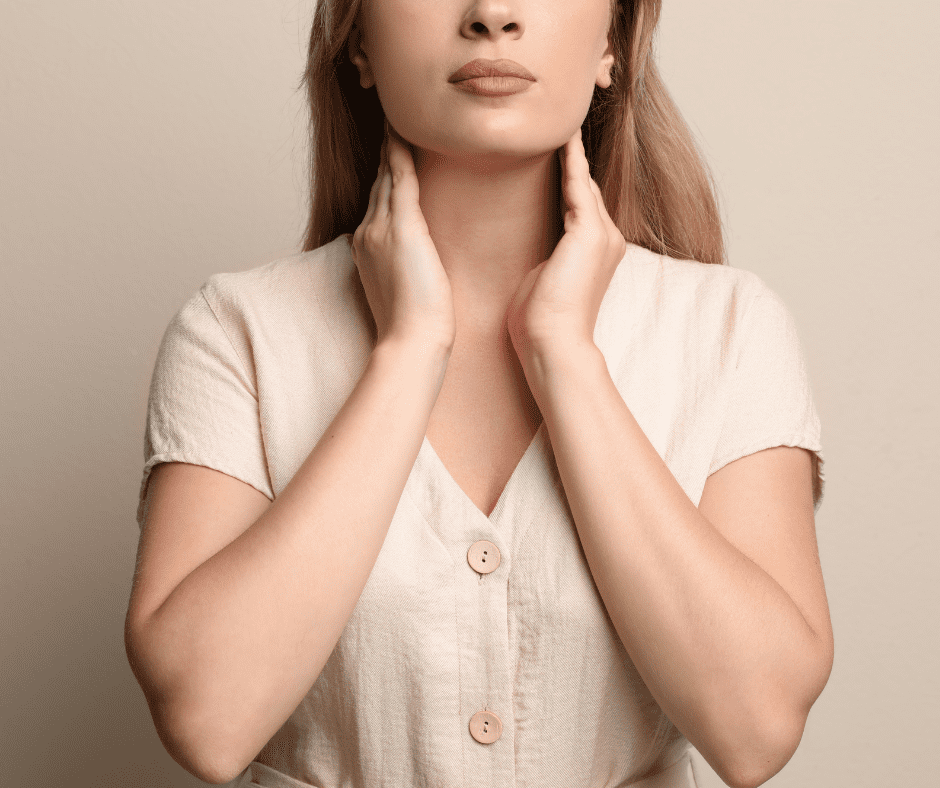Aging affects your feet just as it does the rest of your body. When you consider the amount of stress we place on our feet throughout our lifetime, it’s easy to see why these issues develop. Today, Dr. Hubert Lee of CarePlus Foot & Ankle Specialists is sharing information regarding 8 effects that aging has on your feet.
Watch out for these aging issues that can occur with your feet!
- Dry Skin: Dry skin, particularly on the soles of the feet, is a problem that may necessitate the daily use of moisturizer to prevent cracking. The gradual reduction of collagen, worsened by the absence of proper foot care, can lead to cracked heels and calluses. When left untreated, the cracked skin around the heel can make it uncomfortable to walk or even stand.
- Seborrheic Keratosis: Another condition affecting older adults is called stucco keratosis due to its barnacle-like appearance. These raised lesions are often mistaken for warts and they usually affect the top of the toes, feet, and ankles. Although they are not painful, they can be itchy or cause irritation when wearing shoes.
- Flat Feet: As you and your feet age, ligaments can begin to stretch out, thereby lessening the height of your arch and leading to a condition referred to as flat feet. The pain tends to increase with activity and is often accompanied by inflammation along the arch and inner ankle. Flat feet can increase the risk of foot and ankle sprains.
- Shortened Achilles Tendon: Tendons connect bone to muscle, and if these are shortened due to water loss, you can end up flat-footed because you won’t be able to flex your toes, ankles, and midfoot as well. This is especially true of the Achilles tendon, which connects the calf muscle to the heel bone.
- Changes in the Toenails: Toenails typically become brittle and thicker as you age, making them more difficult to maintain. One reason for this is that nails grow slower when hormonal production is decreased.
- Hammertoe: Hammertoe is the irregular bend in the joint of one or more of your toes. It is typically the result of wearing high heels or narrow shoes that force the toes deeper into the toe box. They are prone to calluses and corns, and once they mature, they are essentially permanent unless surgery is utilized to realign the toe joints.
- Arthritis: Osteoarthritis (OA) also referred to as wear-and-tear arthritis, affects approximately 10 percent of men and 16 percent of women over the age of 60. Risk factors include hammertoe, bunions, obesity, or a previous foot or ankle injury.
- Circulation Problems: One of the most common foot and ankle symptoms in older people is inflammation, which is commonly connected with poor circulation, especially in the ankles and feet. Diabetes can also affect circulation, particularly as you get older. Diabetic neuropathy is an additional consequence of long-term diabetes.
If you or a loved one is having issues with the effects of aging feet, contact the office of Dr. Hubert Lee at CarePlus Foot & Ankle Specialists to schedule a consultation. Call our office today at (425) 455-0936 to book your visit or schedule an appointment online.







